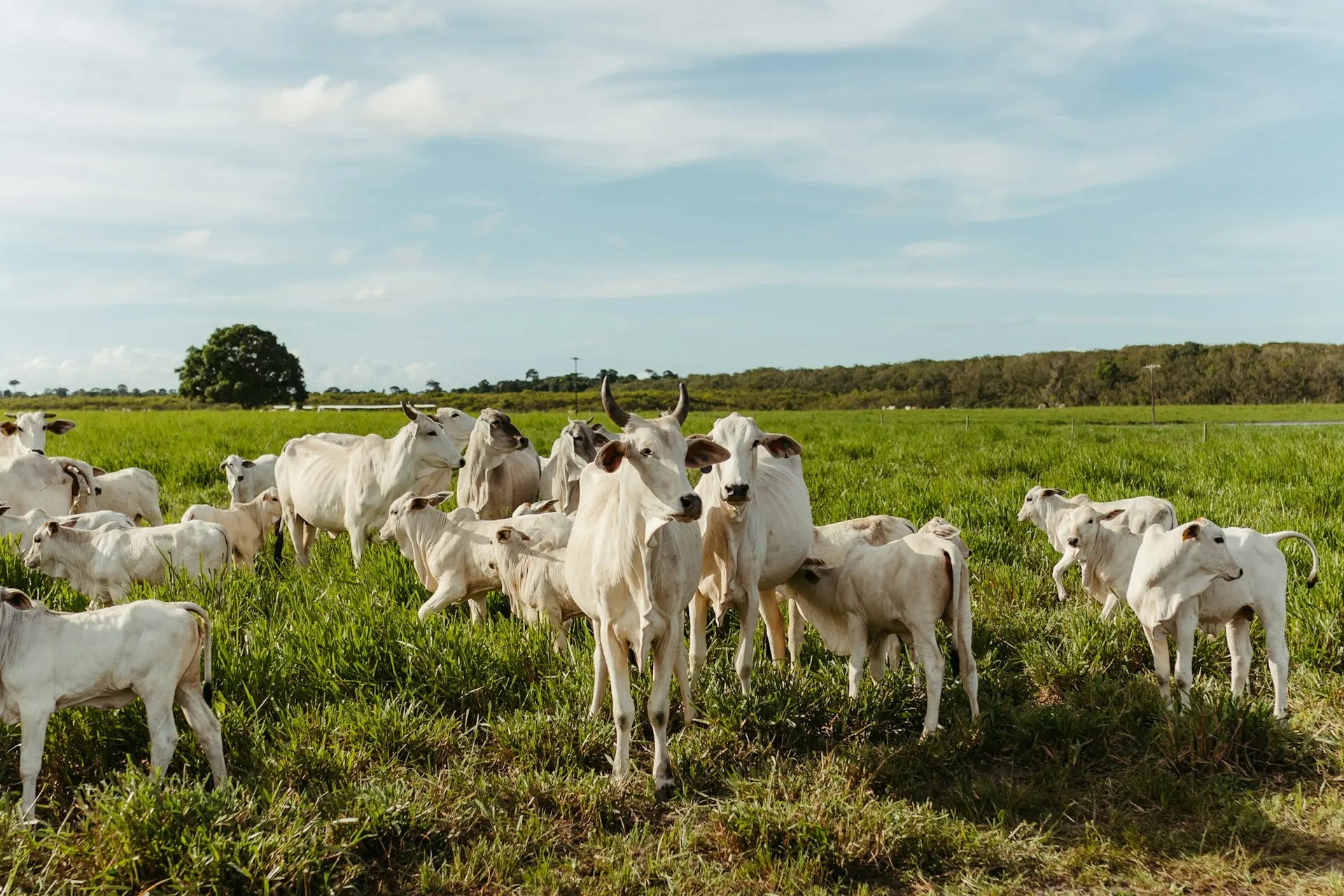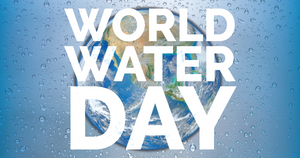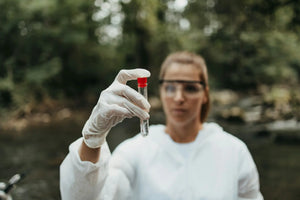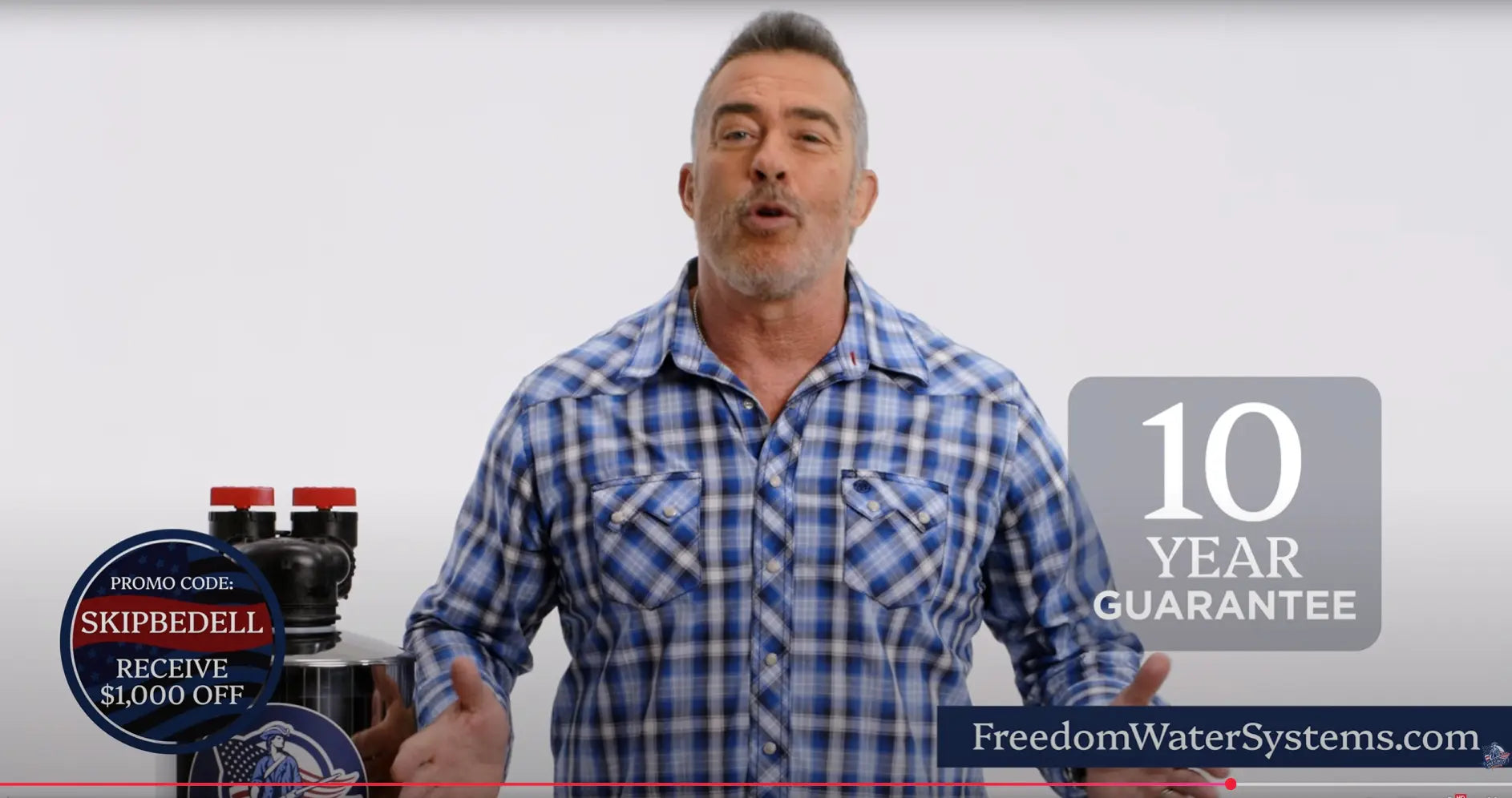At Freedom Water Systems, we believe everyone deserves access to clean, safe drinking water—free of toxic chemicals and hidden contaminants. But a recent report by the Environmental Working Group (EWG) reveals a troubling reality: more than 122 million Americans may be exposed to cancer-causing chemicals in their tap water.
These chemicals, known as disinfection byproducts, form when water treatment facilities disinfect water that contains organic pollutants—many of which come from runoff linked to large-scale livestock operations. The result is a hidden but widespread health risk that demands urgent attention.
This article explores what’s happening, how it affects communities across the U.S., and what you can do to protect your home and your health.
Understanding Disinfection Byproducts and Why They Matter
Most people trust that the water coming from their taps is clean and safe. Municipal treatment plants use disinfectants like chlorine and chloramine to kill bacteria and viruses. But these disinfectants can also create new chemical compounds when they react with organic matter in the water—such as sediment, decaying vegetation, or animal waste.
These compounds are called disinfection byproducts (DBPs), and one of the most dangerous types is trihalomethanes (TTHMs). Studies have shown that exposure to TTHMs is linked to serious health issues, including bladder and colorectal cancer, low birth weight, birth defects, and even stillbirths.
The Environmental Protection Agency (EPA) currently sets a legal limit of 80 parts per billion (ppb) for total trihalomethanes in drinking water. But emerging research suggests that even lower levels may carry long-term health risks—especially with prolonged exposure.
At Freedom Water Systems, we believe clean water should never come with a health compromise. Yet for millions of Americans, it already does.
Factory Farms and the Hidden Pollution Problem
Water pollution from industrial waste is well known—but a less visible source of contamination is manure runoff from industrial-scale livestock farms, also known as concentrated animal feeding operations (CAFOs).
These factory farms produce enormous volumes of animal waste—often more than a small city—without equivalent waste treatment infrastructure. Manure is usually stored in open-air lagoons or sprayed onto fields as fertilizer. When it rains, the excess waste runs off into nearby streams, rivers, and groundwater.
This runoff is rich in organic material, nitrogen, and bacteria. When it enters public water sources and is treated with disinfectants like chlorine, it creates chemical byproducts like trihalomethanes.
According to the EWG, this chain reaction has become a public health issue. As Anne Schechinger, Midwest Director at EWG and the report’s lead author, put it:
“Manure from factory farms is polluting our water supplies, and when utilities try to make that water safe to drink, they unintentionally create another public health hazard that increases the risk of cancer and birth defects.”
The problem is largely invisible. Most residents assume their water is safe simply because it’s treated. But in truth, that very treatment—combined with runoff—can result in new risks that most people never see coming.
What the EWG Report Found – Alarming Numbers Across the U.S.
The EWG’s analysis of nationwide data from 2019 to 2023 revealed a troubling pattern:
Over 122 million Americans were served by water systems that tested above legal limits for trihalomethanes at least once during that time. These systems—nearly 6,000 in total—are spread across 49 states and Washington, D.C.
This isn’t limited to small towns. Many of the affected systems are located in densely populated regions, meaning millions are at risk. Some systems reported levels two or three times higher than the EPA’s legal threshold of 80 ppb.
Texas had the highest number of violations, with more than 700 water systems showing elevated TTHM levels. Other states with significant issues include California, Florida, and North Carolina—all with extensive agricultural regions and large populations.
Perhaps most concerning is that even water systems with TTHM levels below 80 ppb are not necessarily safe. Recent studies show that long-term exposure to even “legal” levels can still contribute to cancer risks, pregnancy complications, and developmental concerns.
In short: legal does not mean risk-free.
A Public Health Crisis with Little Support – And Why Federal Action Fell Short
While the scope of the issue is growing, federal action hasn’t kept pace.
Although the EPA regulates TTHM levels, its safety standards haven’t been meaningfully updated in decades. Meanwhile, newer toxicological research shows harmful effects can occur at much lower concentrations than previously thought.
The Environmental Working Group also pointed out that billions of dollars in federal conservation funding—intended to help farmers reduce runoff—were frozen in recent years. At the same time, factory farms continued to receive subsidies for expansion, despite their role in increasing pollution risks.
This leaves many public water utilities underfunded and overwhelmed. Most were never designed to handle the sheer volume of agricultural runoff entering the water supply. In their efforts to disinfect water, they unintentionally produce chemical byproducts they can't fully eliminate.
It’s a frustrating cycle, and one that leaves families with few clear answers.
What You Can Do – Protecting Your Home from Harmful Water Contaminants
At Freedom Water Systems, we believe no one should have to second-guess the safety of their drinking water. While federal regulations and community-level improvements are essential, individual households can take immediate steps to reduce their risk.
Installing a whole-house or under-sink water filtration system is one of the most effective ways to reduce exposure to trihalomethanes and other disinfection byproducts. Our advanced systems are designed to remove chemical contaminants, sediment, and chlorine byproducts before they reach your glass.
If you're concerned about your local water quality, we also recommend reviewing your annual Consumer Confidence Report (CCR), which your local water provider is required to publish. You can also explore the EWG’s Tap Water Database to see how your community compares nationally.
Safe water is a right—not a luxury. Whether you live in a rural area or a major city, protecting your water at the source starts at home.
Closing Thoughts
The Environmental Working Group’s findings are a stark reminder of how interconnected our food systems, water systems, and health truly are. When industrial agriculture pollutes our waterways, and outdated treatment practices can’t fully protect us, the burden falls on families to find solutions.
At Freedom Water Systems, we’re committed to helping you safeguard your home with water filtration solutions built to meet today’s challenges. Clean water shouldn’t be a gamble—it should be a given.
Ready to learn more? Explore our Whole House Water Systems to find the best solution for your family.







